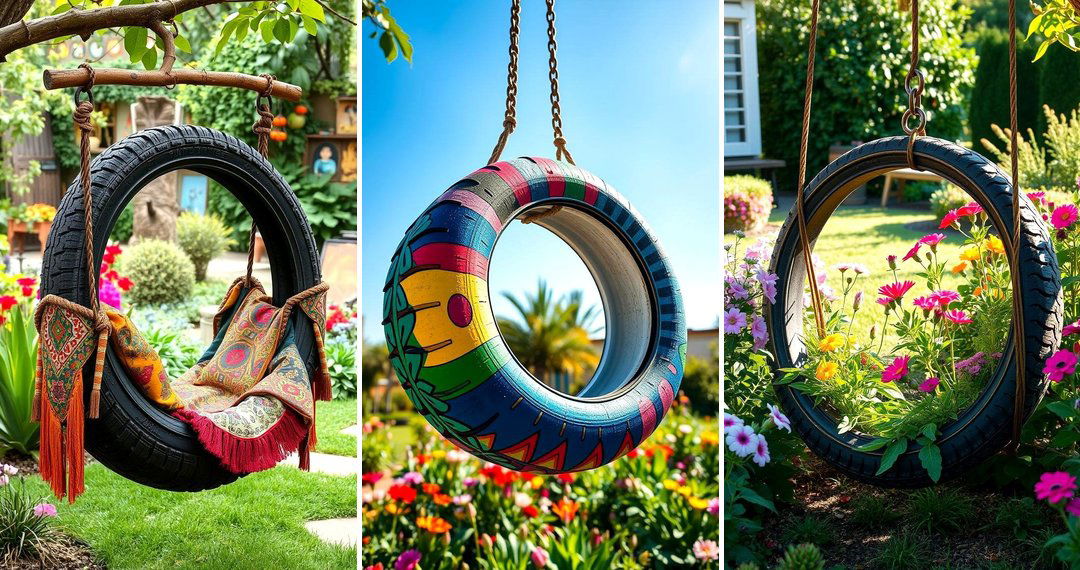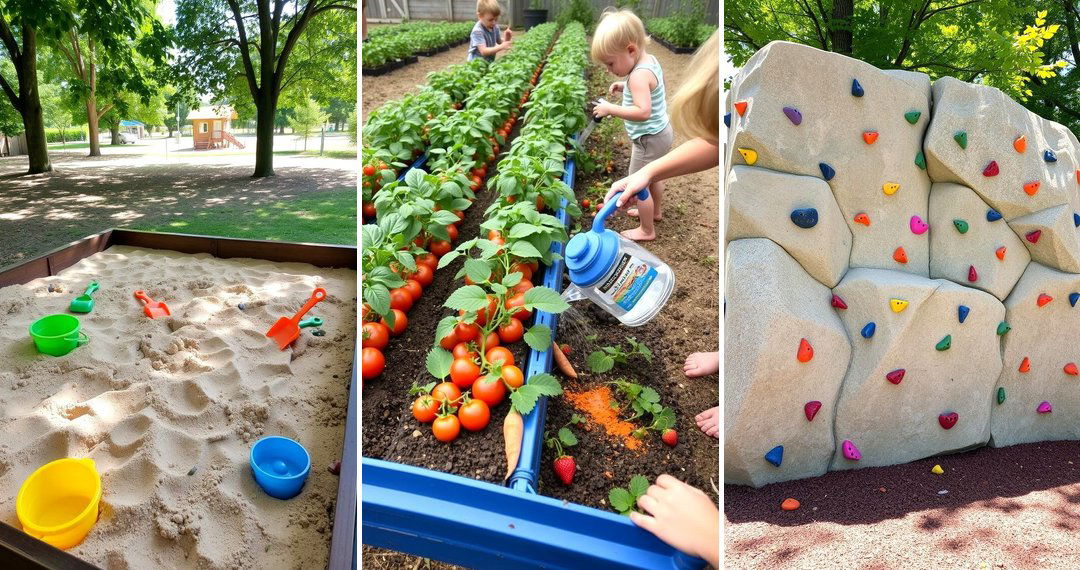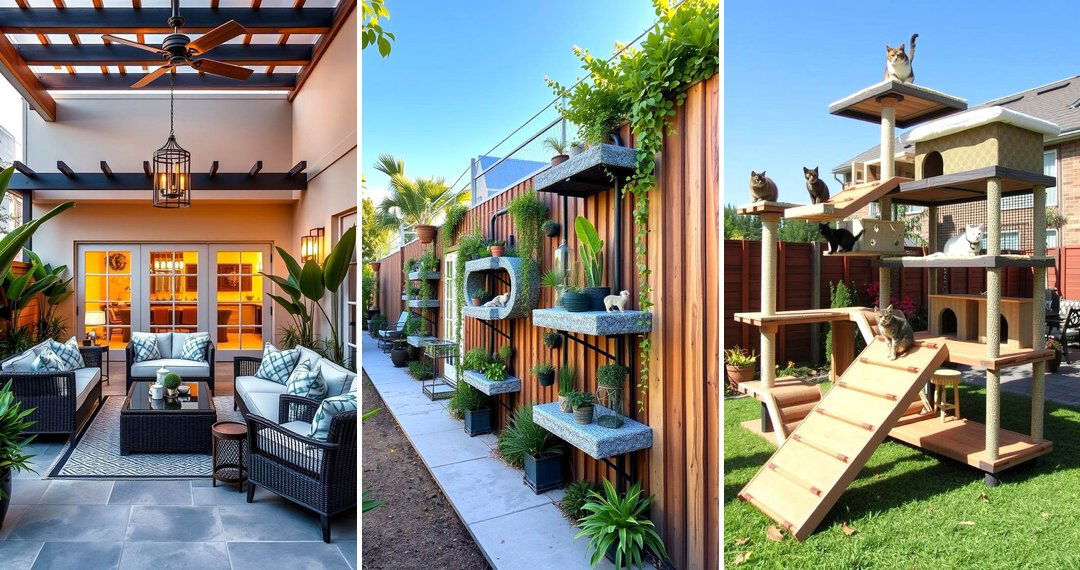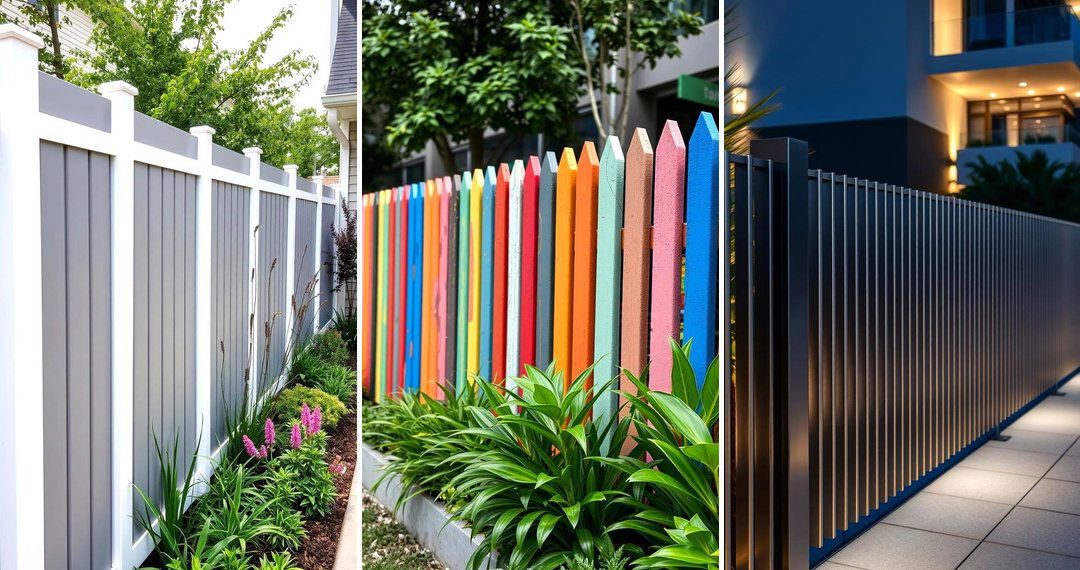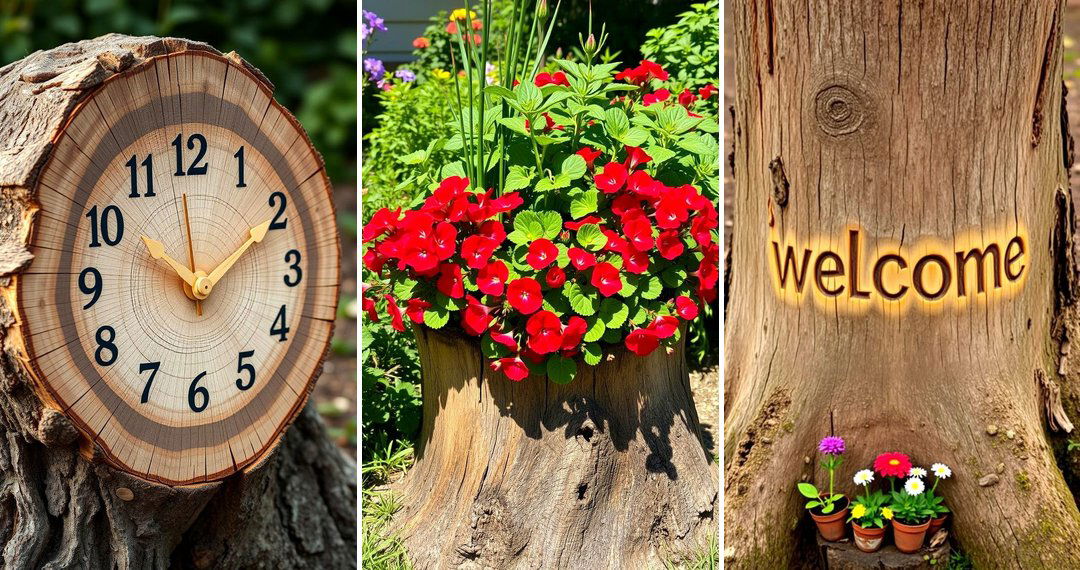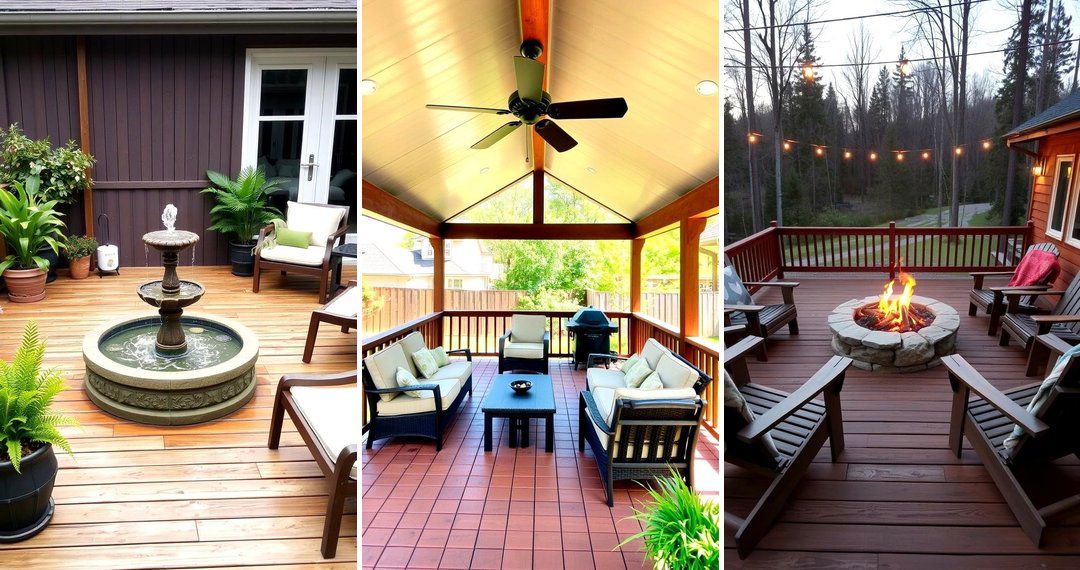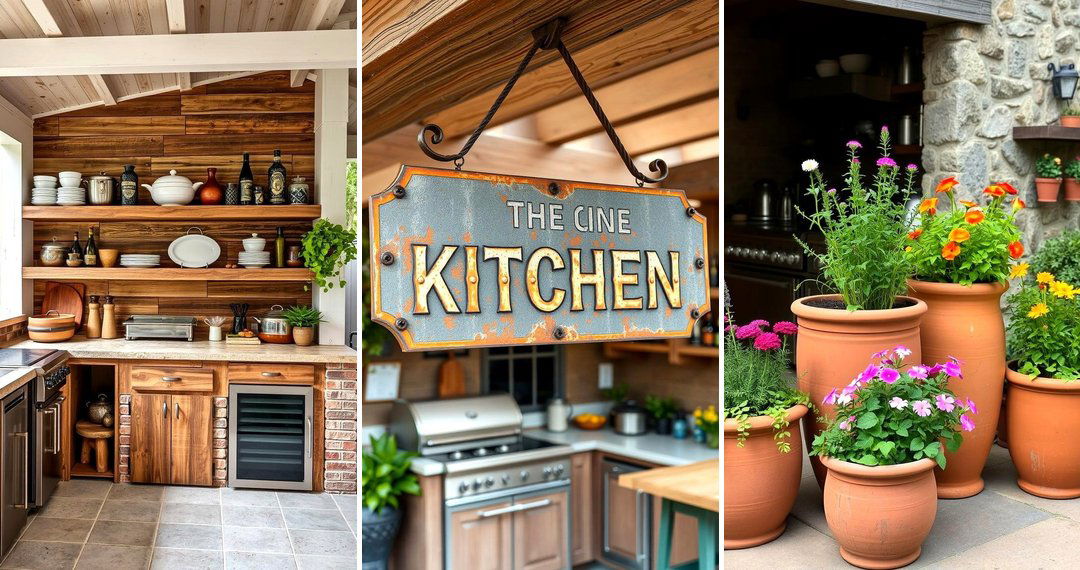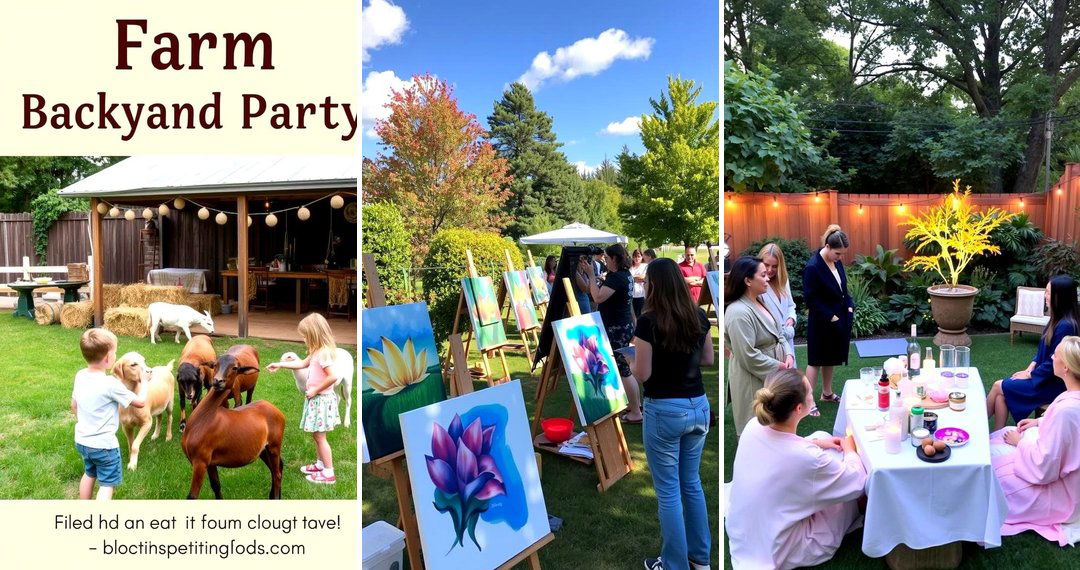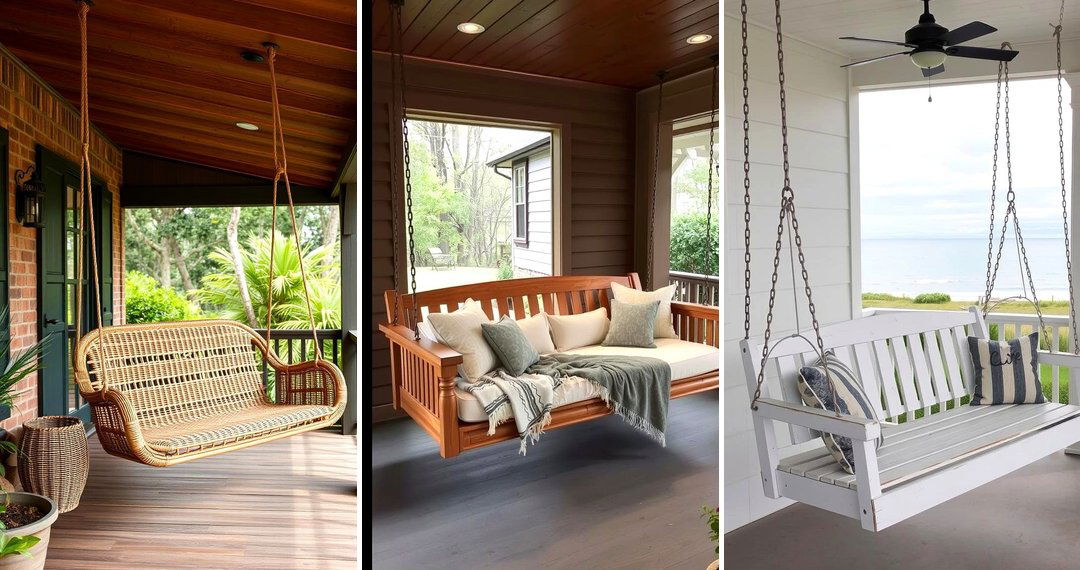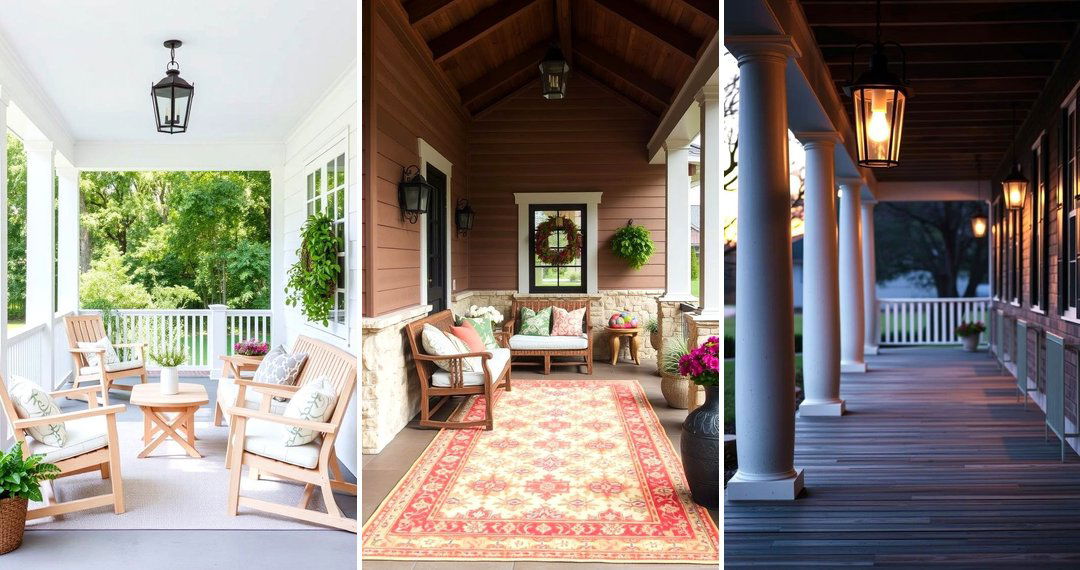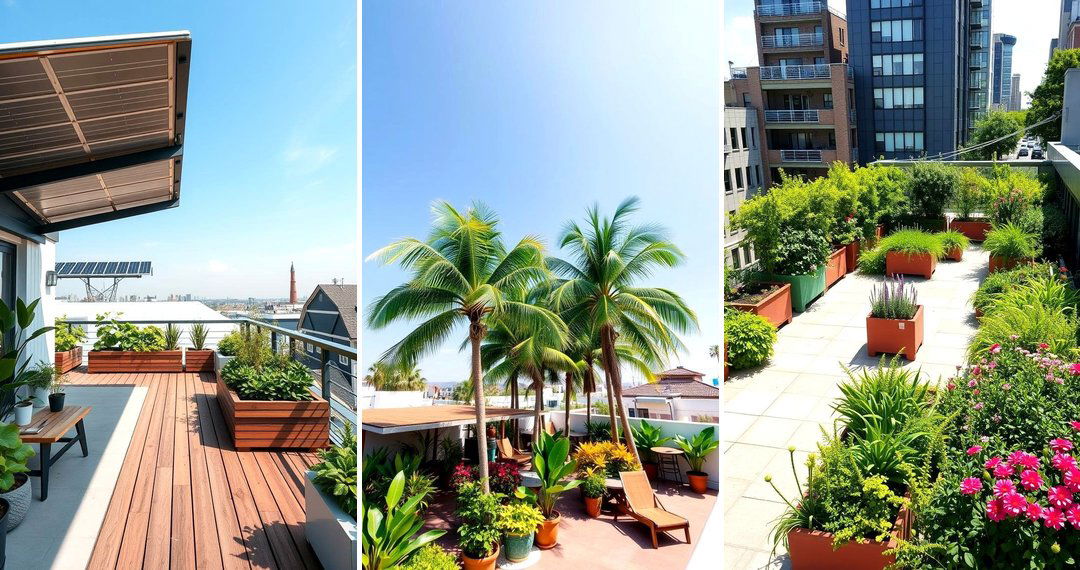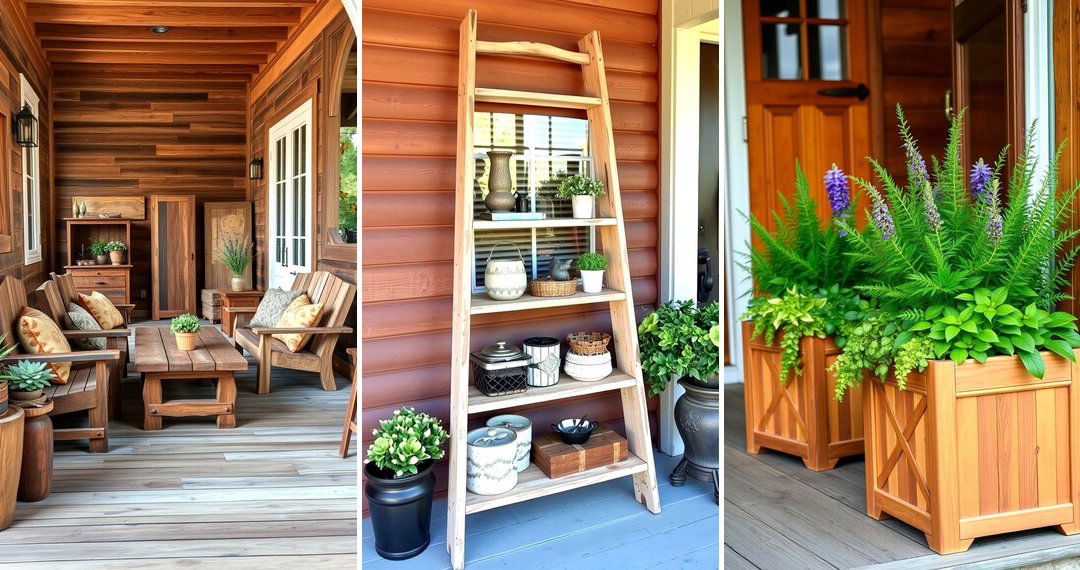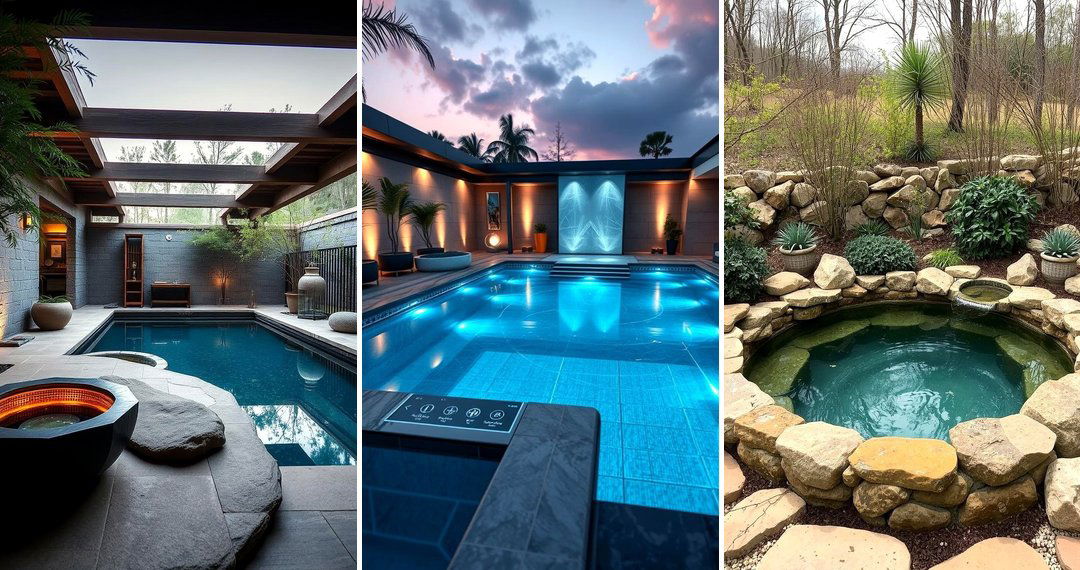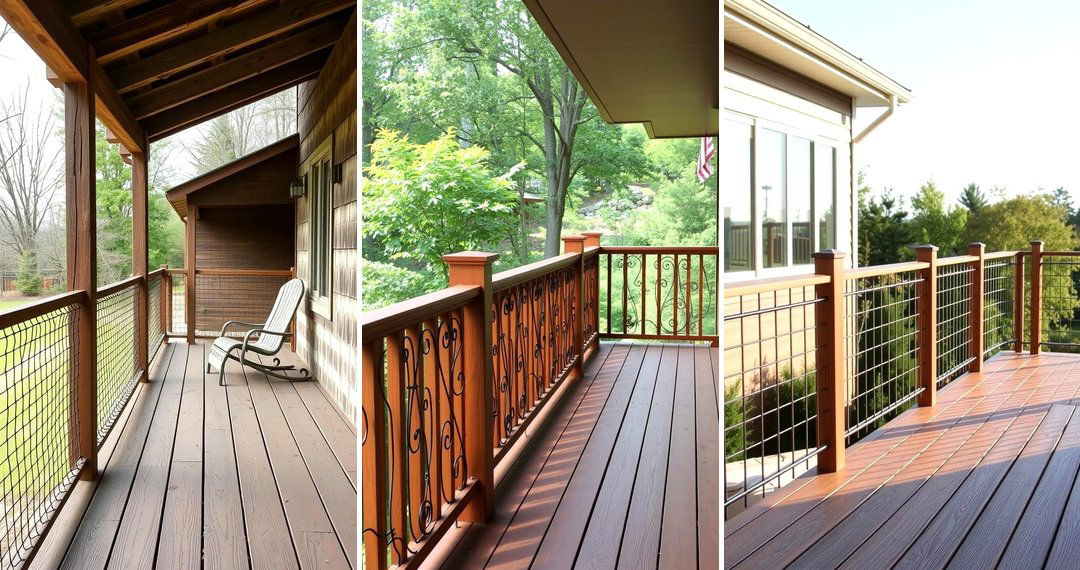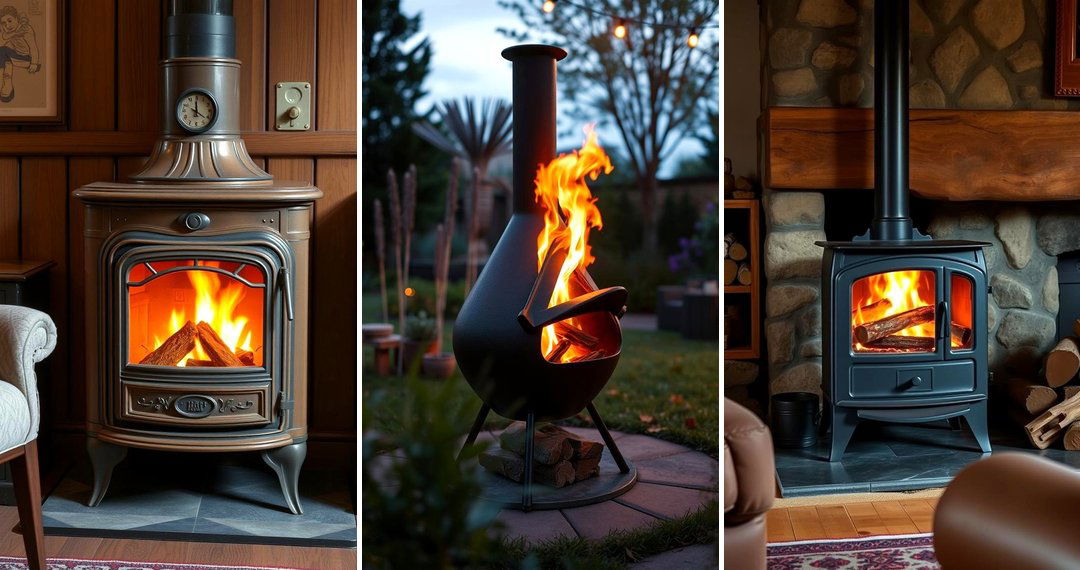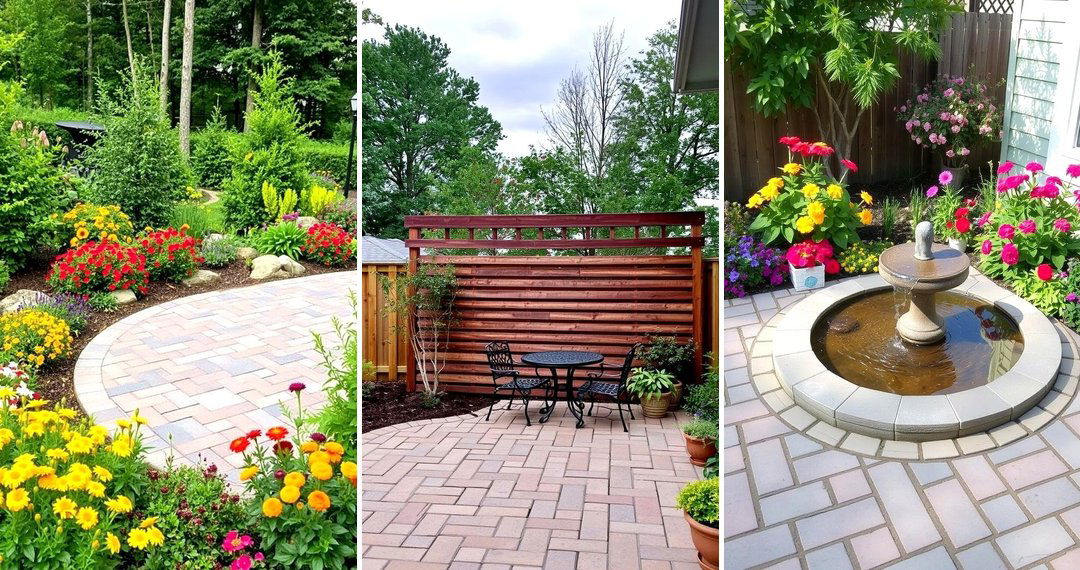Introduction
Mud kitchens are a fantastic way to encourage outdoor play, creativity, and hands-on learning for children. These natural, open-air play stations allow kids to mix mud, sand, water, and other outdoor materials to create and explore in an unrestricted, imaginative way. The benefits of building a mud kitchen go beyond fun; it fosters independence, teaches basic science concepts, and can even boost social skills as children engage in shared play. Whether you’re looking to build a simple mud kitchen or get creative with intricate designs, these 24 mud kitchen ideas will inspire you to create an engaging, educational space that will keep kids entertained for hours. Explore these ideas, and you’ll find a solution that works best for your backyard.
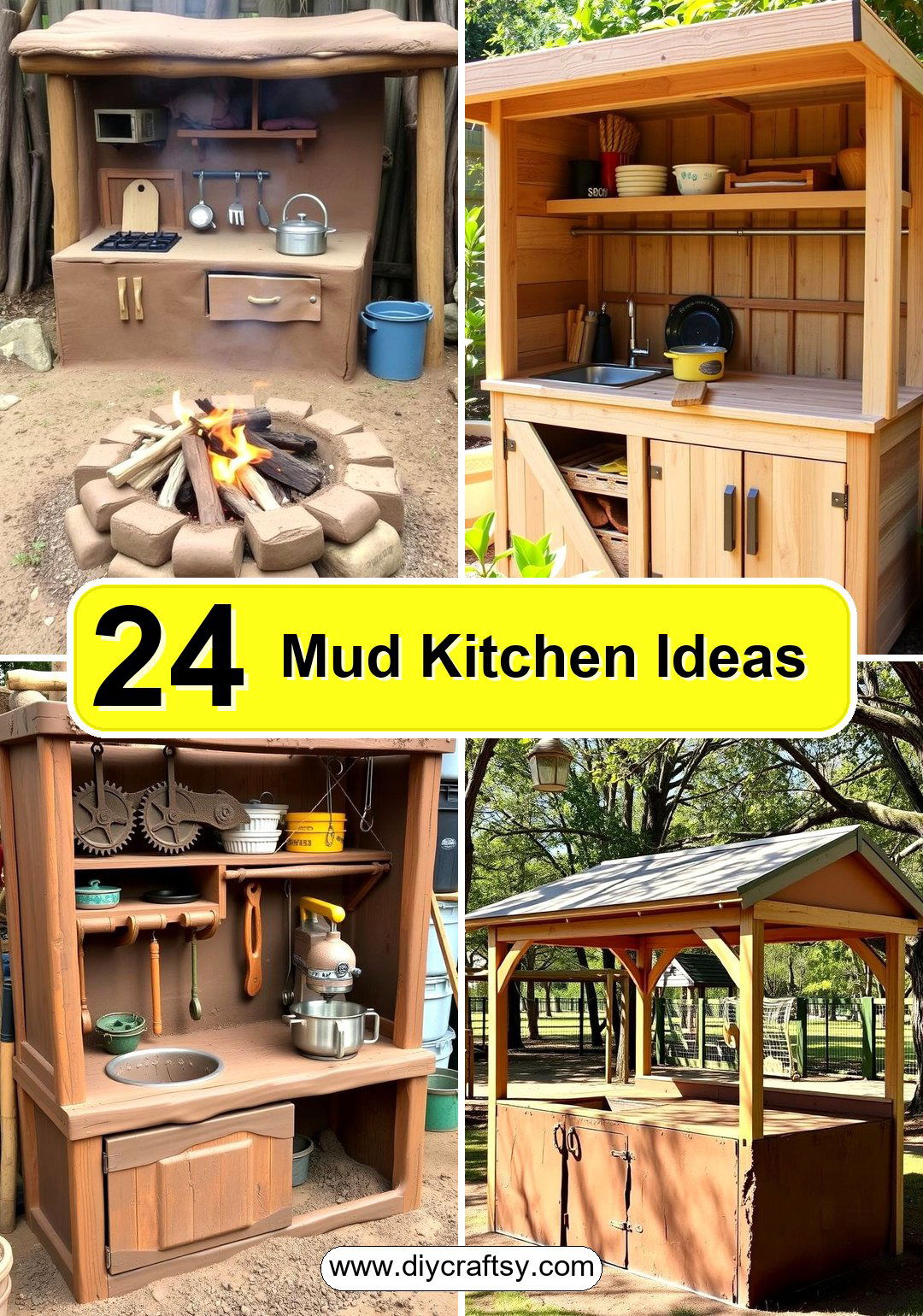
1. Rustic Wooden Mud Kitchen
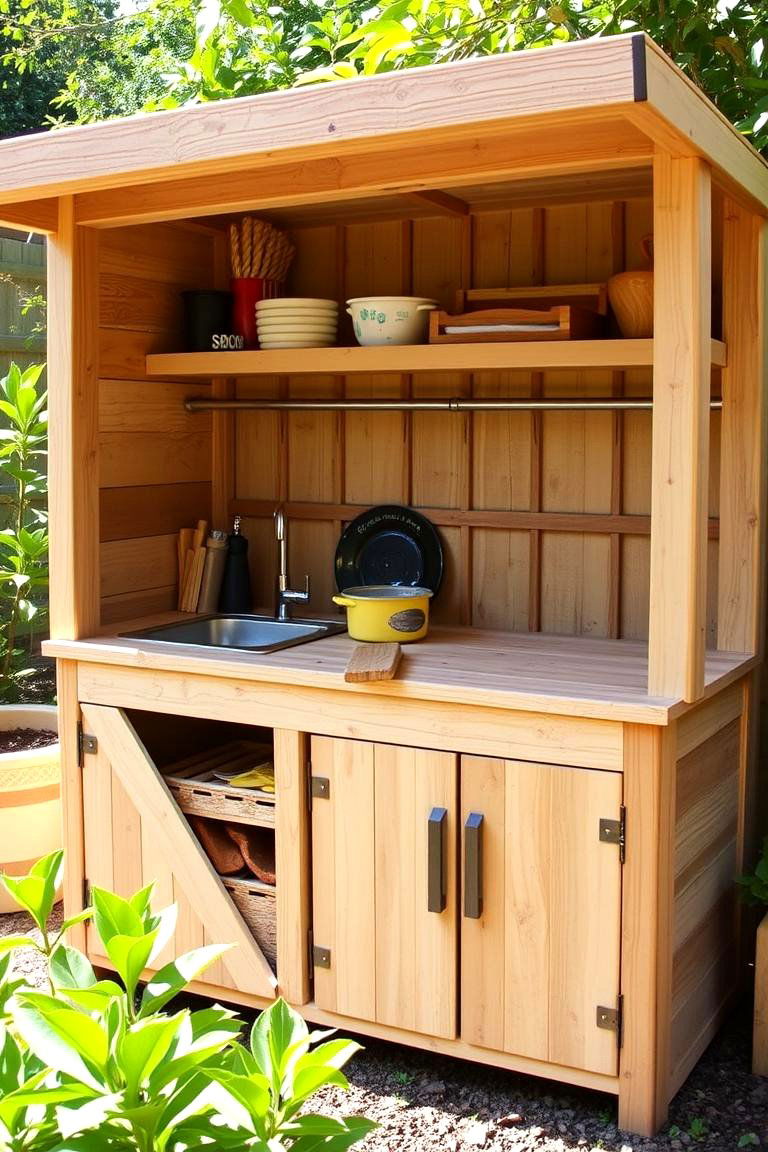
Imagine a simple wooden table with built-in storage, where children can freely explore their creativity by mixing mud, water, and natural elements. This rustic wooden mud kitchen offers an authentic, hands-on experience, perfect for kids who enjoy crafting outdoor concoctions. Not only does it encourage creative play, but the wood also adds a rustic aesthetic that blends well with any natural backyard. The open design makes it easy for multiple children to collaborate, fostering teamwork and imagination.
2. Upcycled Pallet Mud Kitchen
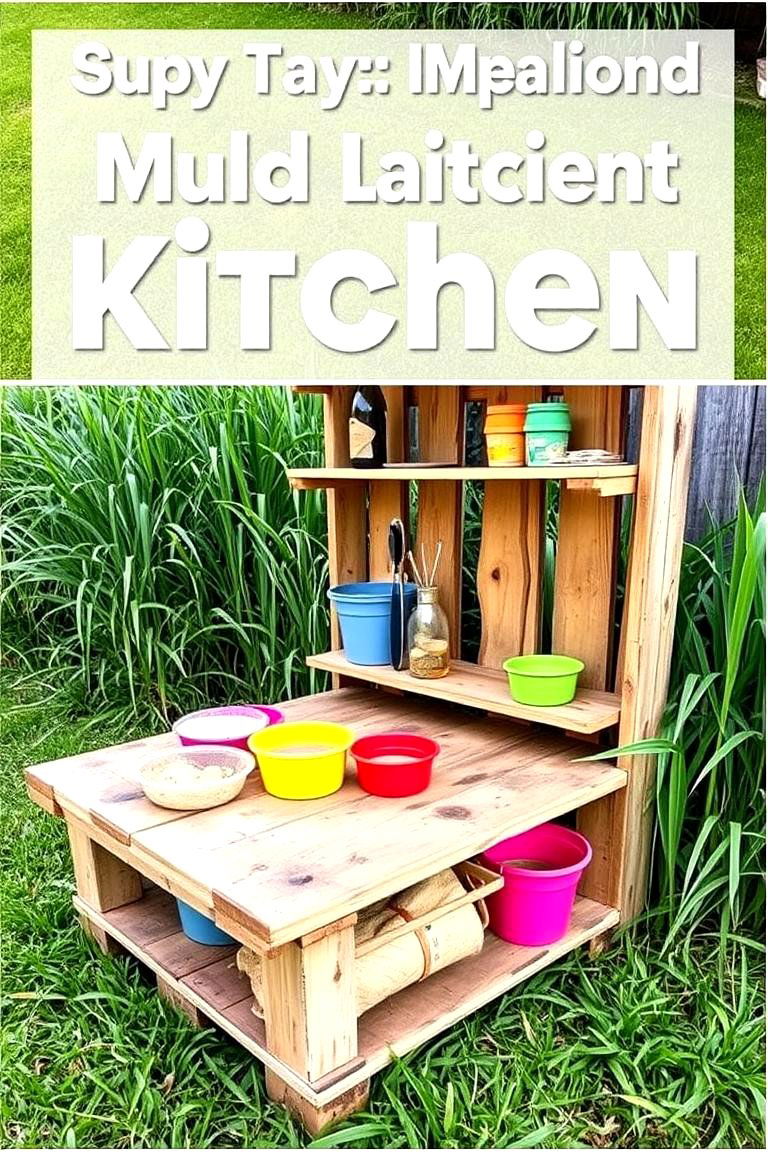
Upcycling wooden pallets to create a mud kitchen is an eco-friendly and budget-friendly solution for outdoor play. The open spaces in pallet wood allow for easy access to ingredients like mud, water, and sand, and the rustic look adds charm to the backyard. By painting or staining the pallets, you can customize the appearance to match your garden’s style. The texture of the pallets also gives kids a sensory experience, with their natural wood grain adding another layer of play.
3. Mud Kitchen with a Sink
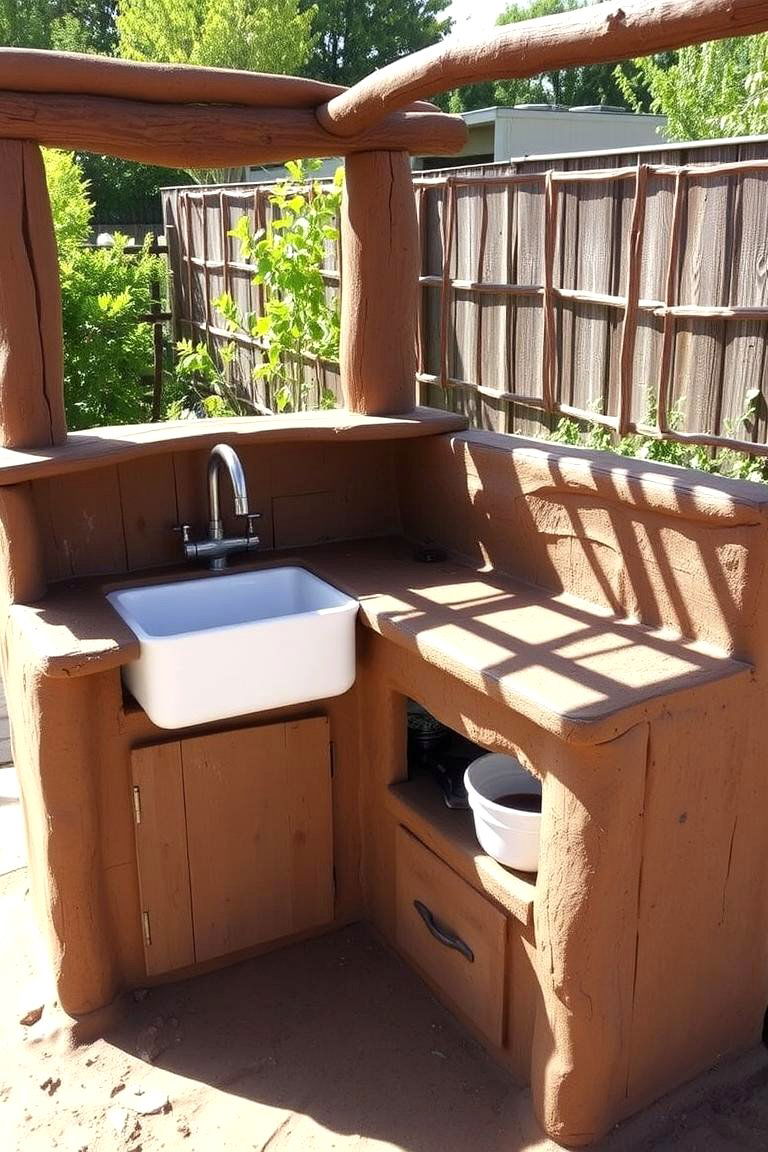
A simple mud kitchen with a functional sink can enhance your child’s play experience, simulating a real kitchen setup outdoors. The sink can be fitted with a water source or simply used for storing water-filled containers, allowing children to wash their muddy hands or "clean" their creations. This addition encourages imaginative play, teaching kids basic water management and responsibility as they take care of their outdoor "kitchen."
4. Mud Kitchen with Shelves
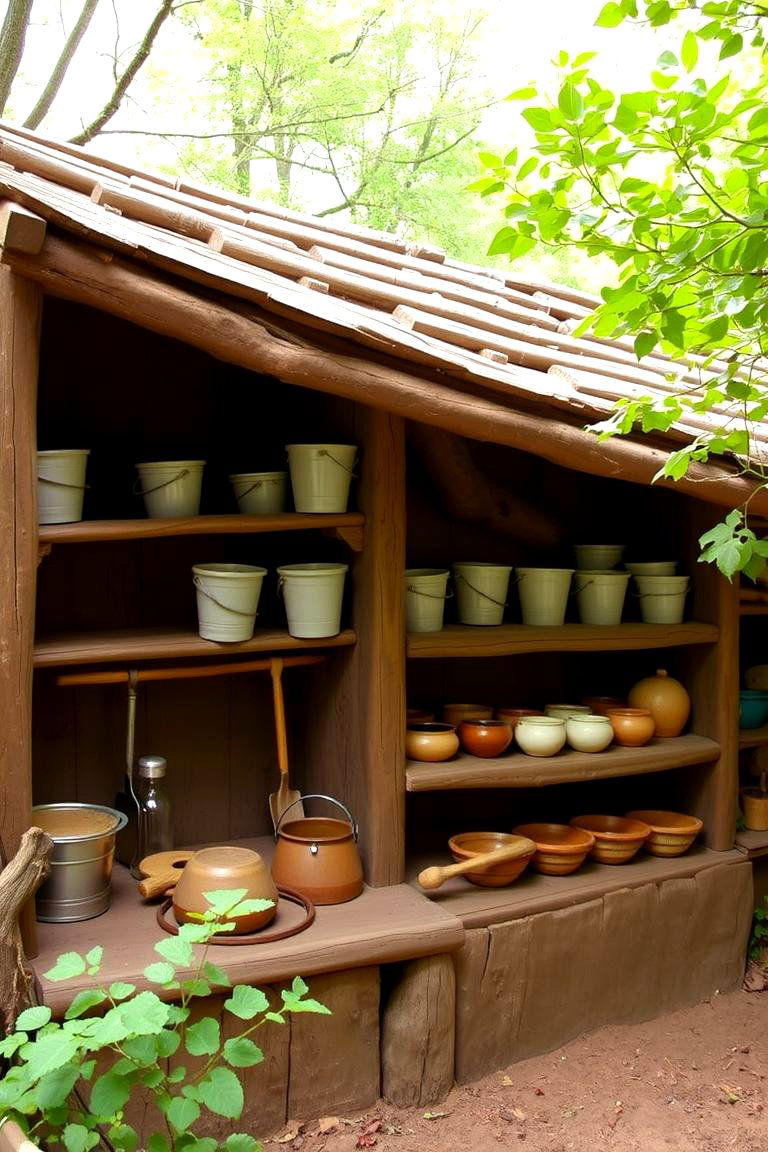
Adding shelves to your mud kitchen is an excellent way to keep all materials organized while giving children a space to store their outdoor tools and ingredients. The shelves can hold plastic bowls, containers, or even small gardening tools, making the space more functional. With everything in easy reach, kids will be able to transition smoothly from one activity to another, increasing the flow of their imaginative play.
5. Outdoor Mud Kitchen with a Chalkboard

Incorporating a chalkboard into the design of your mud kitchen adds an extra layer of creativity to the outdoor setup. Children can use the chalkboard to make lists, draw out recipes, or even jot down their "ingredients" for their mud pies. This encourages literacy development while still fostering free play. The chalkboard also doubles as a space for parents or caregivers to write fun prompts, keeping kids engaged and challenged.
6. Mud Kitchen with a Garden
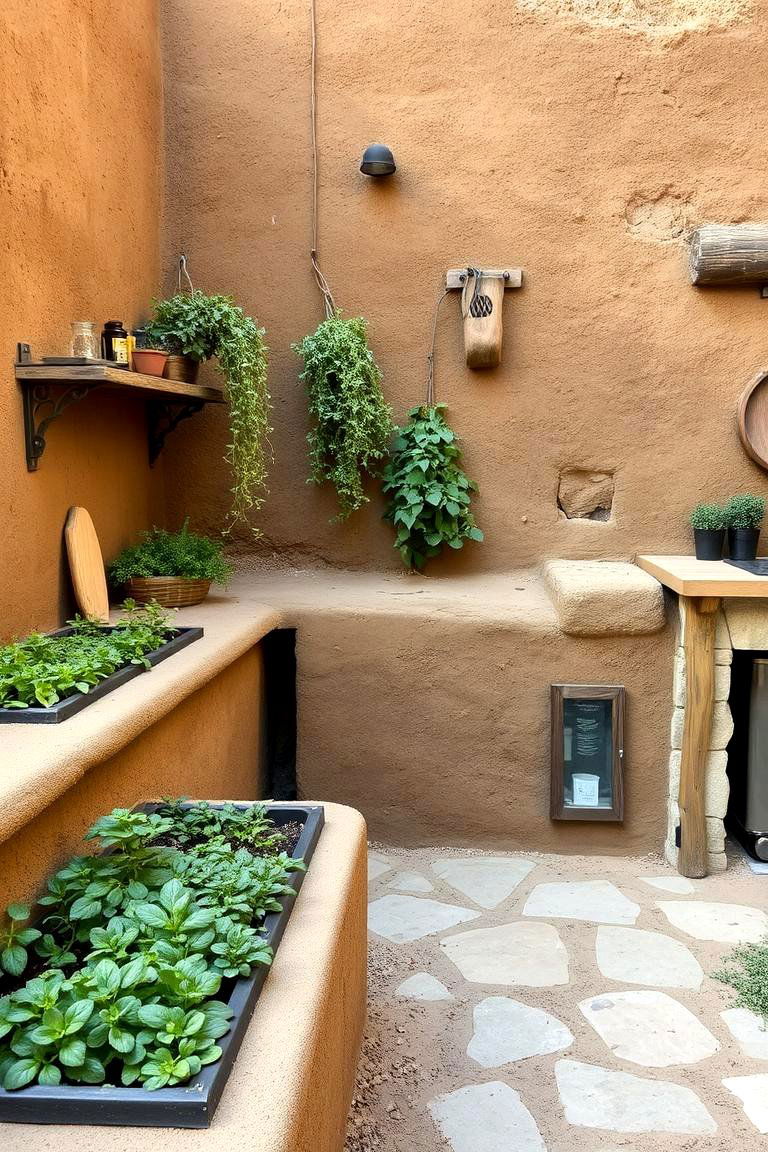
For a more sustainable and nature-focused play area, consider integrating a small garden with your mud kitchen. Children can harvest herbs, flowers, or vegetables to use in their play, allowing them to connect with nature. This type of mud kitchen encourages learning about the environment and gardening while providing endless opportunities for imaginative outdoor cooking games.
7. Mud Kitchen with Multiple Stations
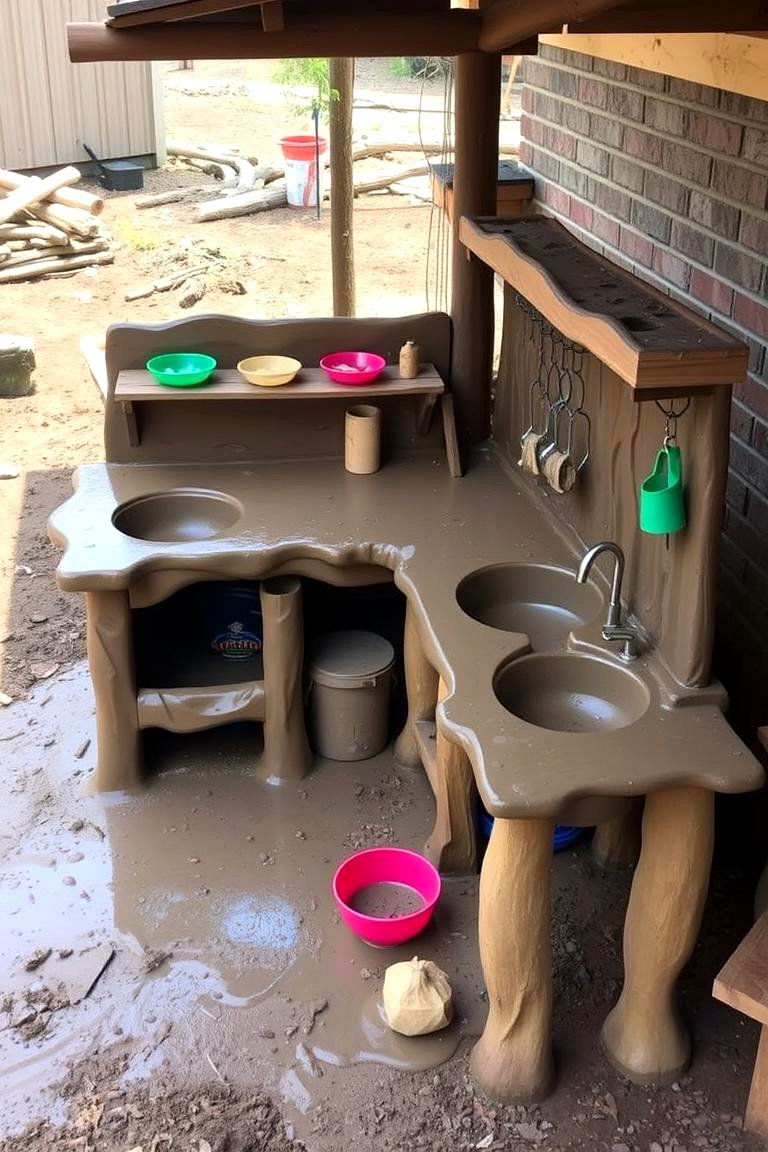
A larger mud kitchen with separate stations for mixing, cooking, and washing creates a fully immersive outdoor kitchen experience for children. With distinct areas for each activity, kids can engage in more complex pretend play, inviting friends to join in. This setup promotes role-playing, teamwork, and fine motor skills as children mix, stir, and wash their mud concoctions.
8. Portable Mud Kitchen
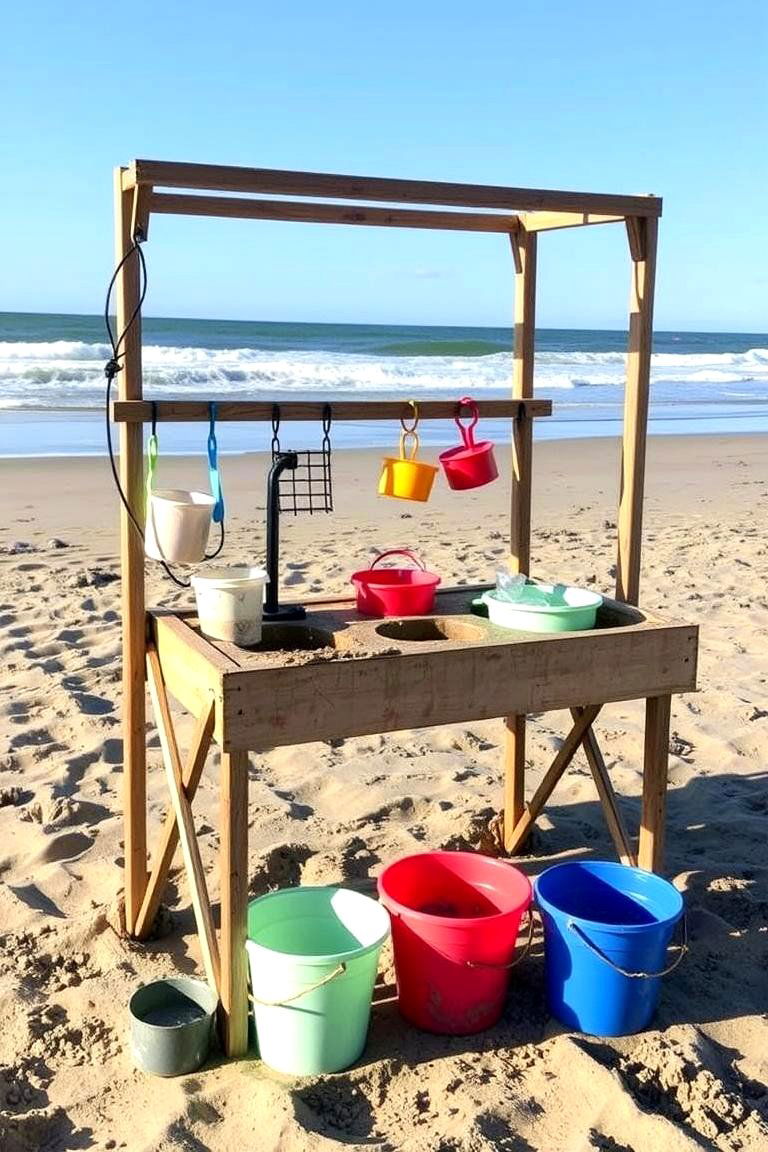
A portable mud kitchen allows you to take the fun wherever you go. Whether you're camping, at the beach, or visiting a friend’s house, this adaptable design means the mud kitchen experience can travel with you. A portable setup typically features a collapsible frame and removable containers, making it easy to assemble and store. This mobility is ideal for those who don’t want to build a permanent structure but still want to provide a mud kitchen for outdoor fun.
9. Simple Mud Kitchen with Natural Materials
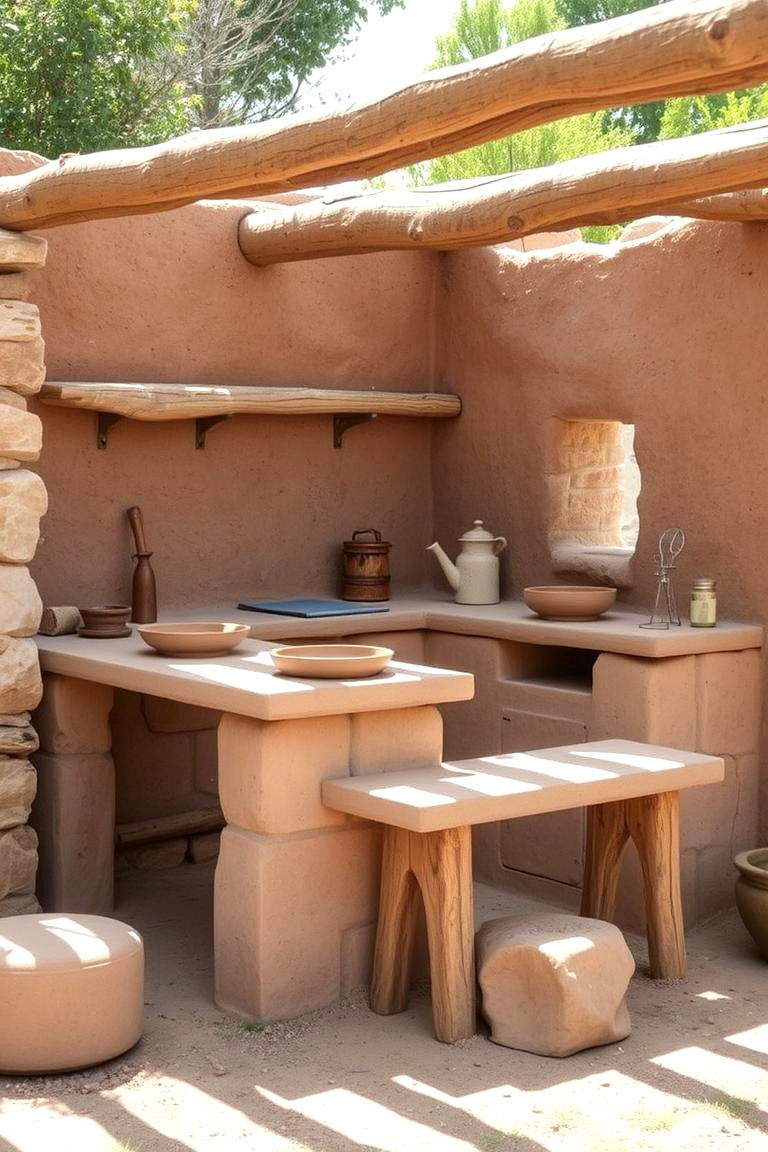
Sometimes less is more. A simple mud kitchen made with natural materials like stone, logs, and clay can create an authentic outdoor experience. This type of mud kitchen blends seamlessly with the landscape and offers a tactile, sensory-rich environment for children to engage with. The use of natural materials also allows children to feel more connected to the earth, enhancing their outdoor play experience.
10. Mini Mud Kitchen for Toddlers
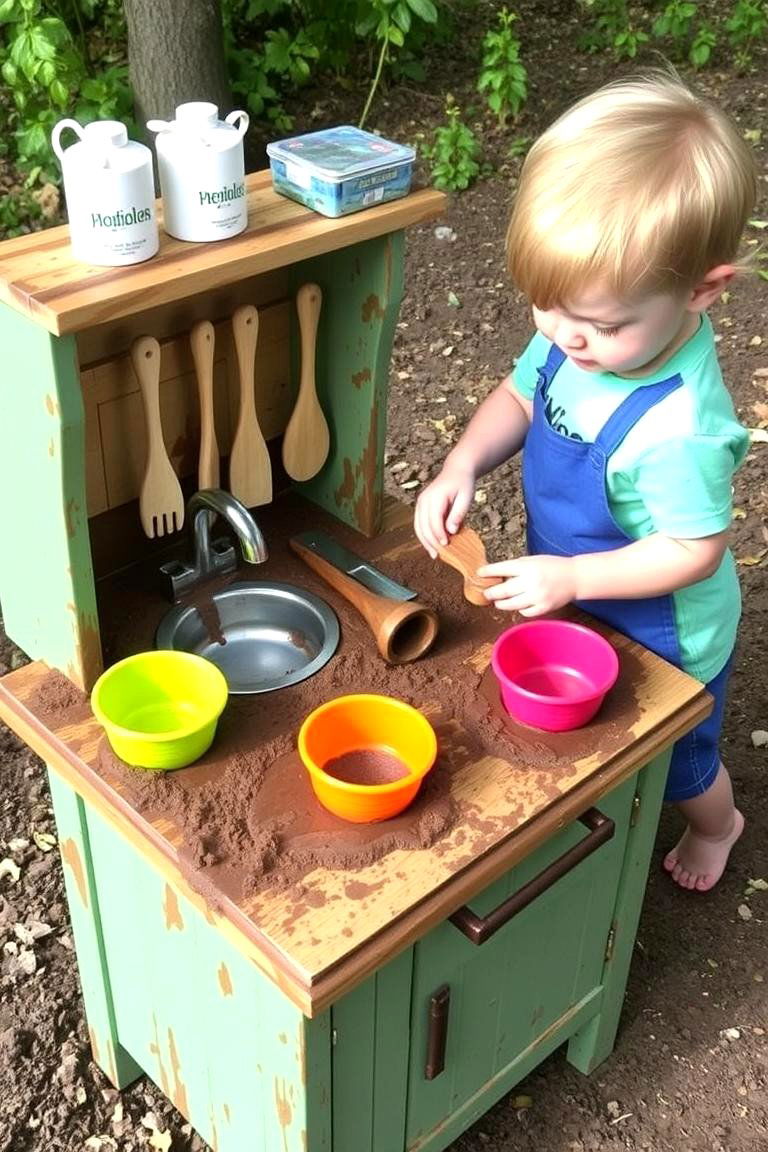
A mini mud kitchen designed specifically for toddlers makes outdoor play more accessible for younger children. With lower counters, smaller containers, and child-friendly tools, this version of a mud kitchen ensures that even the littlest ones can enjoy the hands-on fun of mixing mud and water. It’s a fantastic way to promote sensory exploration, motor skills, and independent play for younger children.
11. Mud Kitchen with a Water Pump
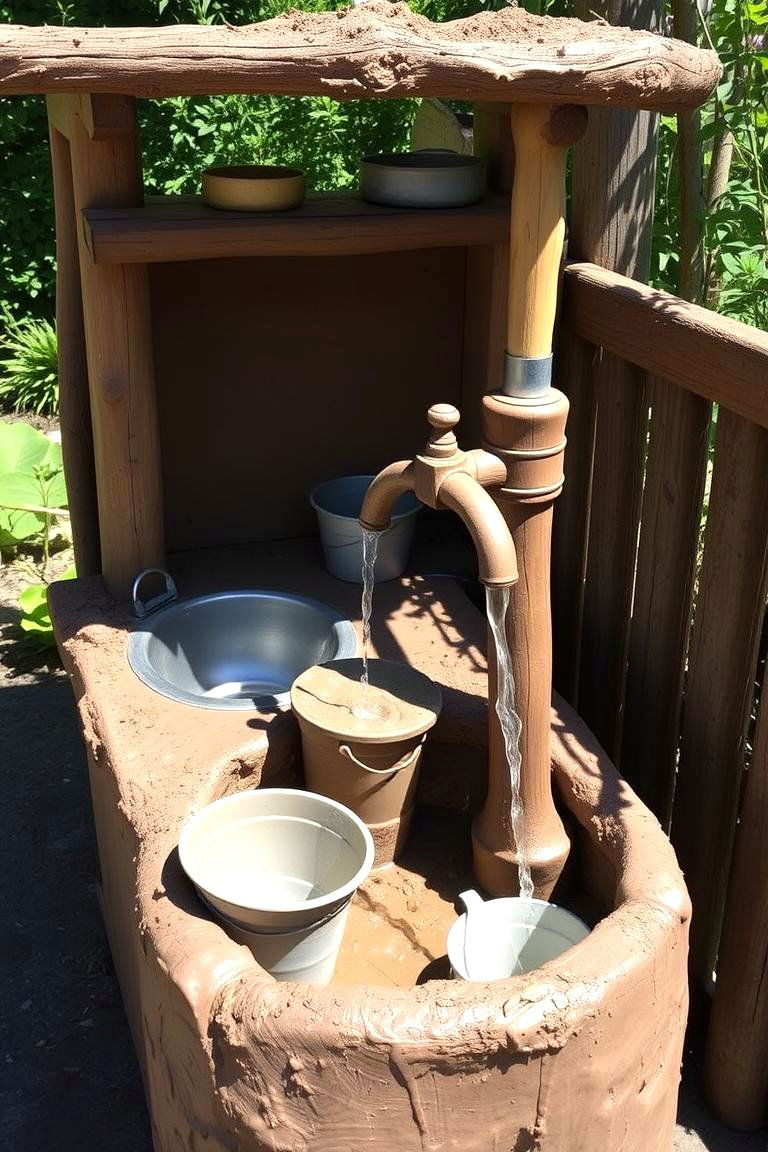
Integrating a water pump into your mud kitchen not only adds realism but also encourages kids to experiment with water pressure and flow. By turning the pump to fill buckets or wash hands, children can practice fine motor skills while learning about cause and effect. It’s an engaging way to add another dimension to the mud kitchen experience, enhancing the play value.
12. Mud Kitchen with Sliding Drawers
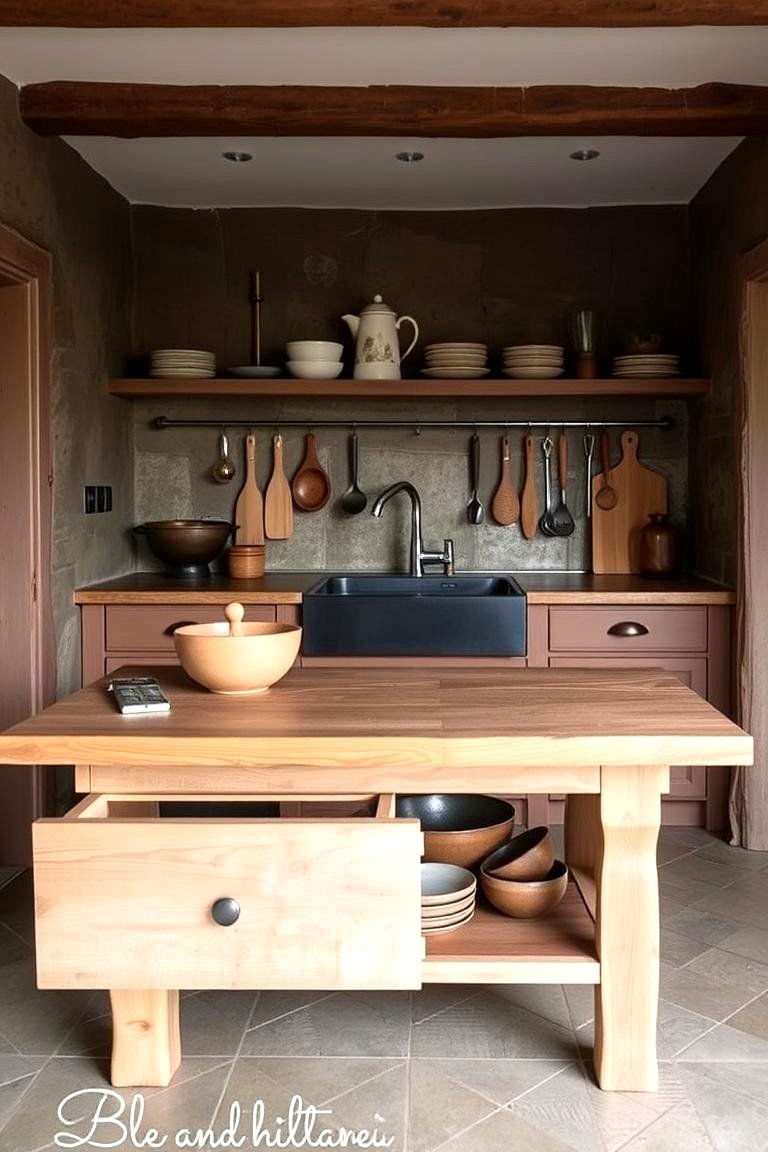
Sliding drawers in your mud kitchen offer easy storage solutions for keeping utensils and ingredients neatly organized. These drawers can be built into the table or cabinet structure, providing a functional and tidy solution for messy play. By adding this storage feature, you make it easy for children to find exactly what they need, reducing frustration and enhancing the flow of their creative play.
13. Multi-Level Mud Kitchen
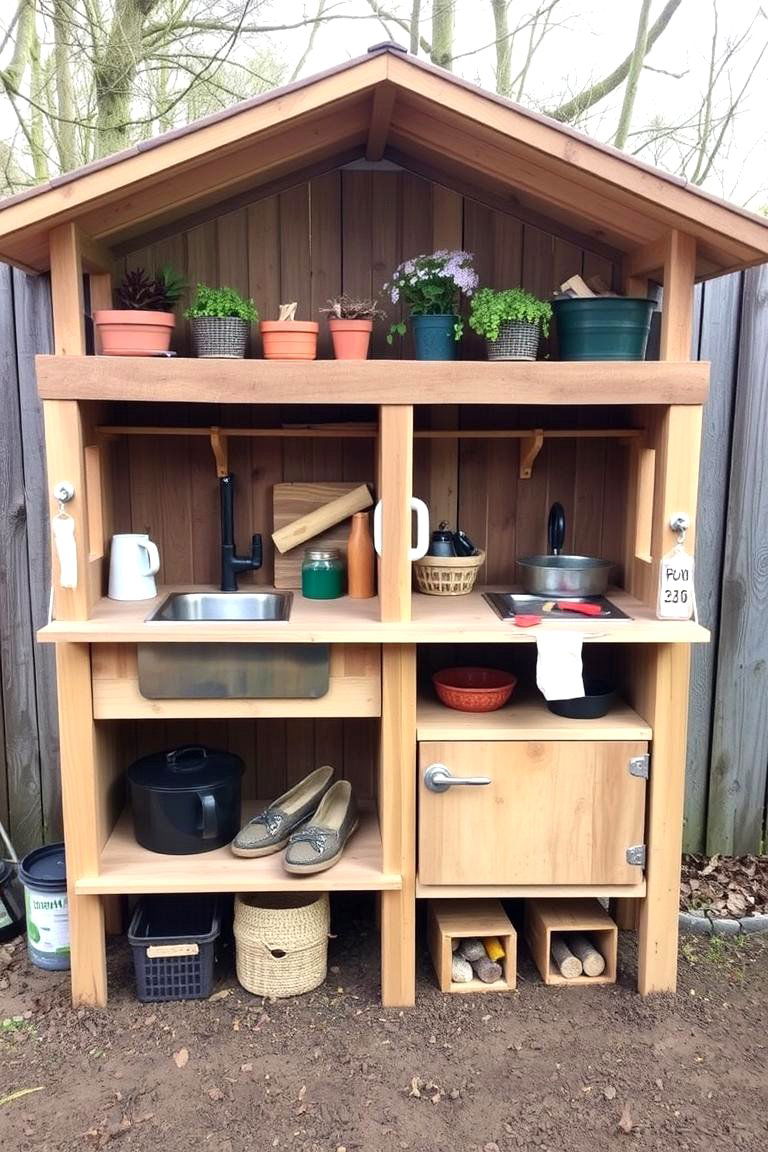
A multi-level mud kitchen can accommodate children of various ages and abilities. By incorporating different height levels, younger children can easily reach their station, while older children have a space designed for their needs. This design is great for families with multiple children, allowing them to all enjoy the mud kitchen without fighting over space or equipment.
14. Mud Kitchen with a Roof
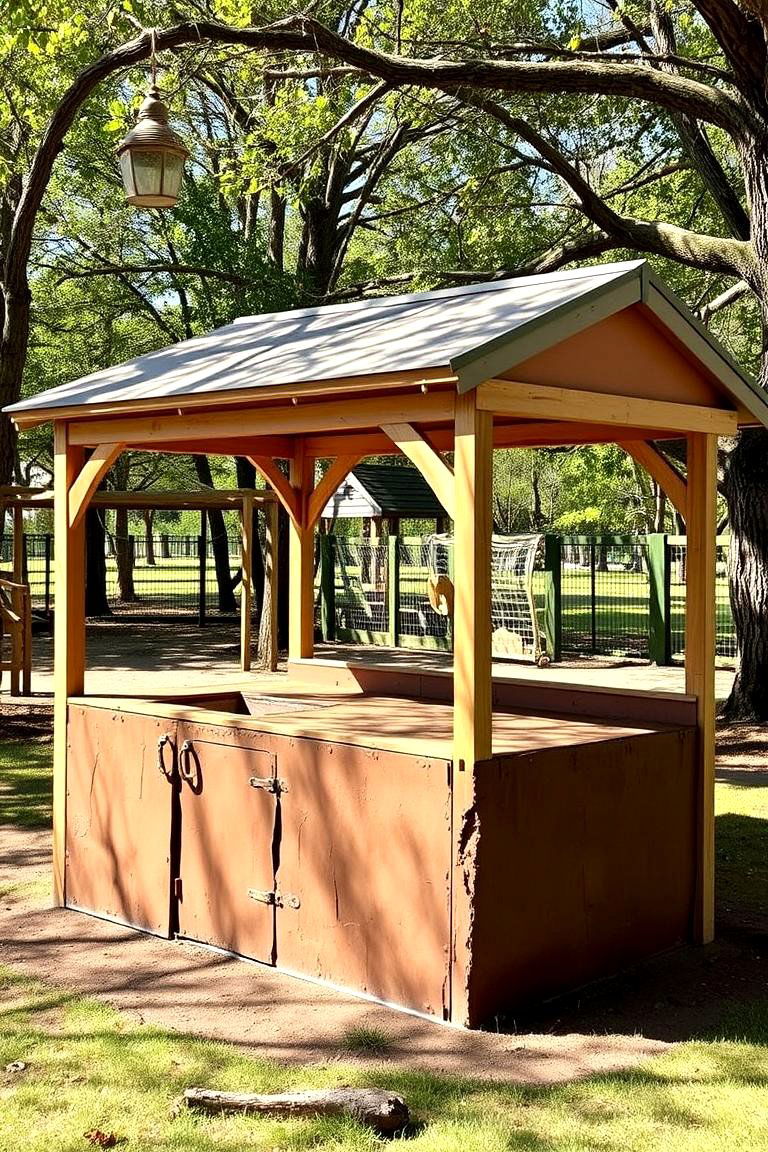
Adding a simple roof to your mud kitchen provides shade and shelter, allowing children to play comfortably in different weather conditions. Whether it’s sunny or rainy, the roof keeps the play area dry and cool. This addition makes the mud kitchen more versatile, encouraging longer play sessions without the discomfort of the elements.
15. Mud Kitchen with a Mud Slide
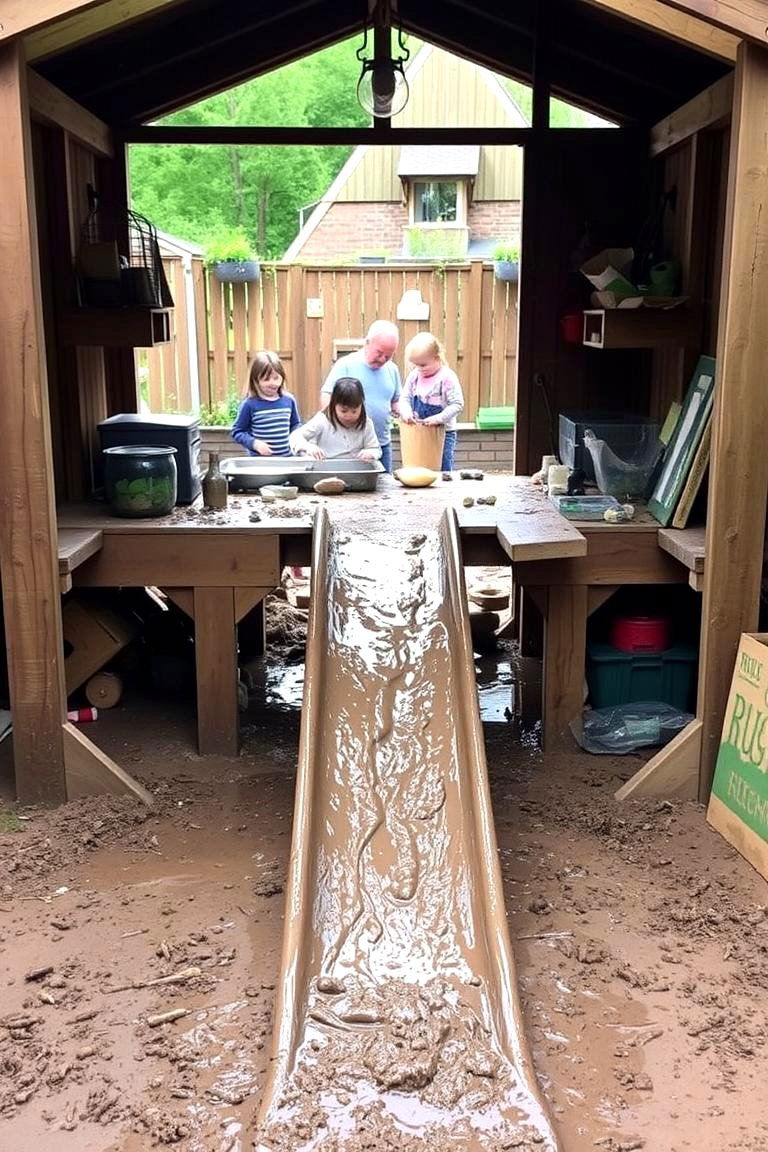
For a truly creative and exciting twist, consider adding a mud slide next to your mud kitchen. This feature gives children the thrill of sliding down into a pit of mud, adding even more sensory fun to their outdoor play. The slide also encourages active play and movement, promoting physical coordination while maintaining the imaginative element of the mud kitchen.
16. Mud Kitchen with Interactive Elements
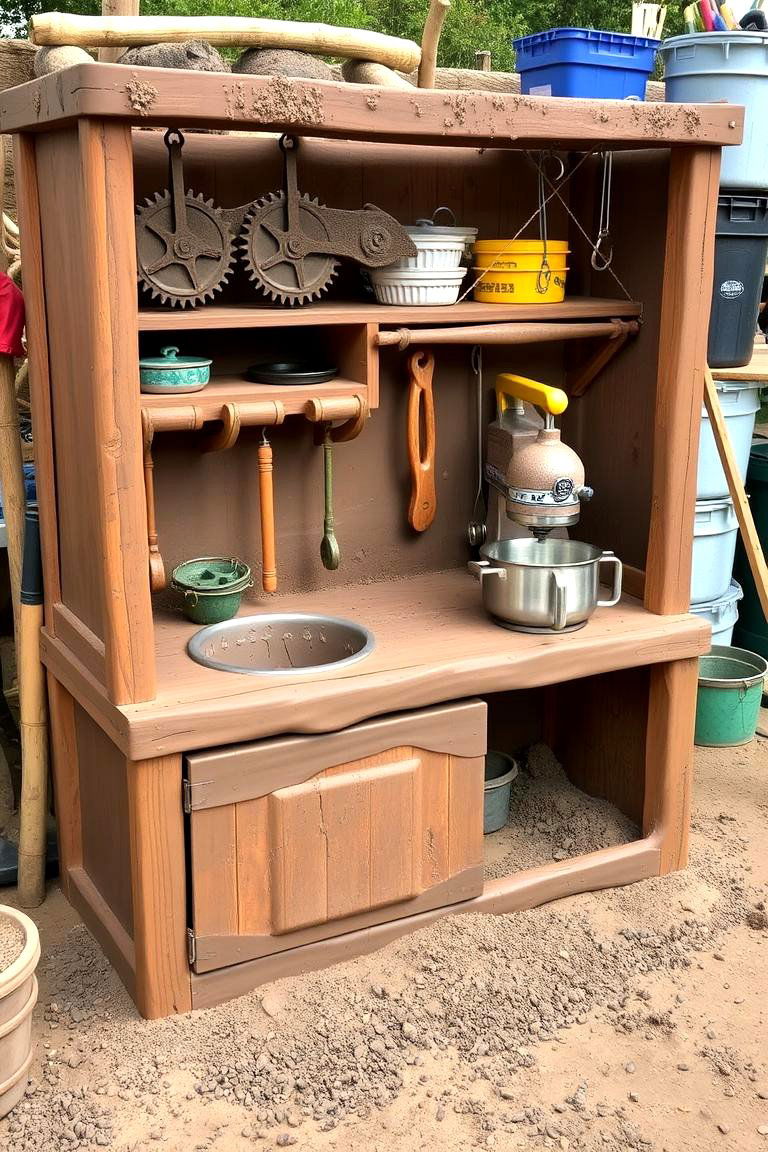
Adding interactive elements like a spinning wheel, pulleys, or a rotating mixer to your mud kitchen turns it into a hands-on science experiment. Children can explore basic physics principles while creating their mud concoctions. This adds an educational dimension to the play, making it a fun and interactive experience that sparks curiosity about the world around them.
17. Mud Kitchen with a Stone Counter
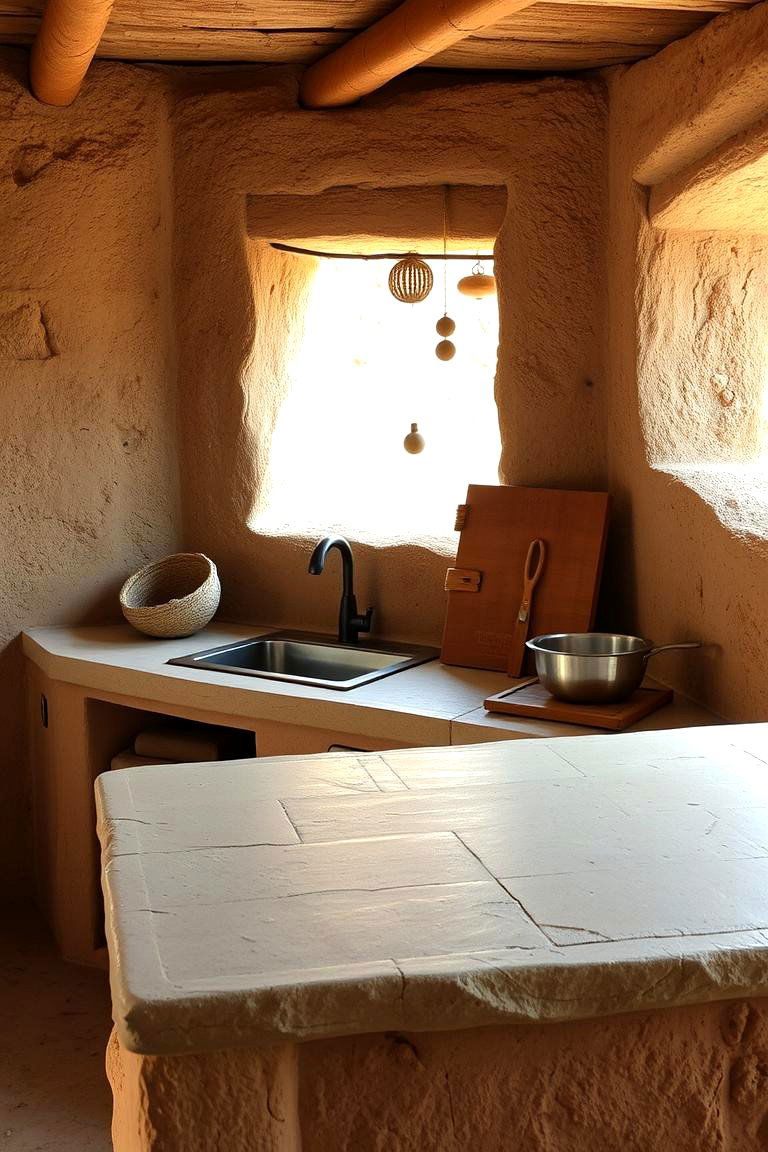
A stone counter adds a touch of permanence and durability to your mud kitchen, making it suitable for years of rough and tumble outdoor play. The solid surface allows for easy cleaning and maintenance, while the natural stone texture provides a sensory experience for children. This setup encourages more "realistic" play, as children engage with materials similar to those found in actual kitchens.
18. Mud Kitchen with a Compost Bin
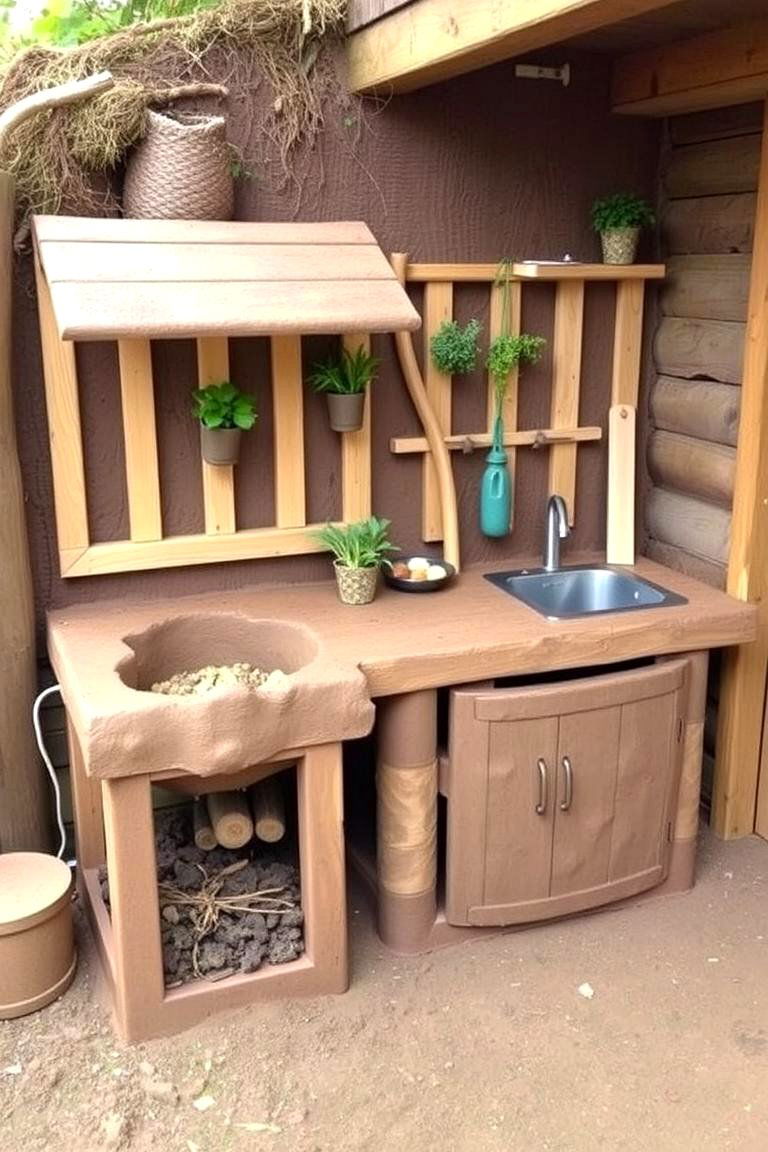
Incorporating a compost bin into your mud kitchen is a great way to teach kids about sustainability and environmental responsibility. Kids can add food scraps, leaves, and other natural materials to the compost, learning about decomposition and how organic waste can be reused. This addition connects outdoor play with real-world environmental concepts, encouraging eco-friendly habits from an early age.
19. Mud Kitchen with a Fire Pit
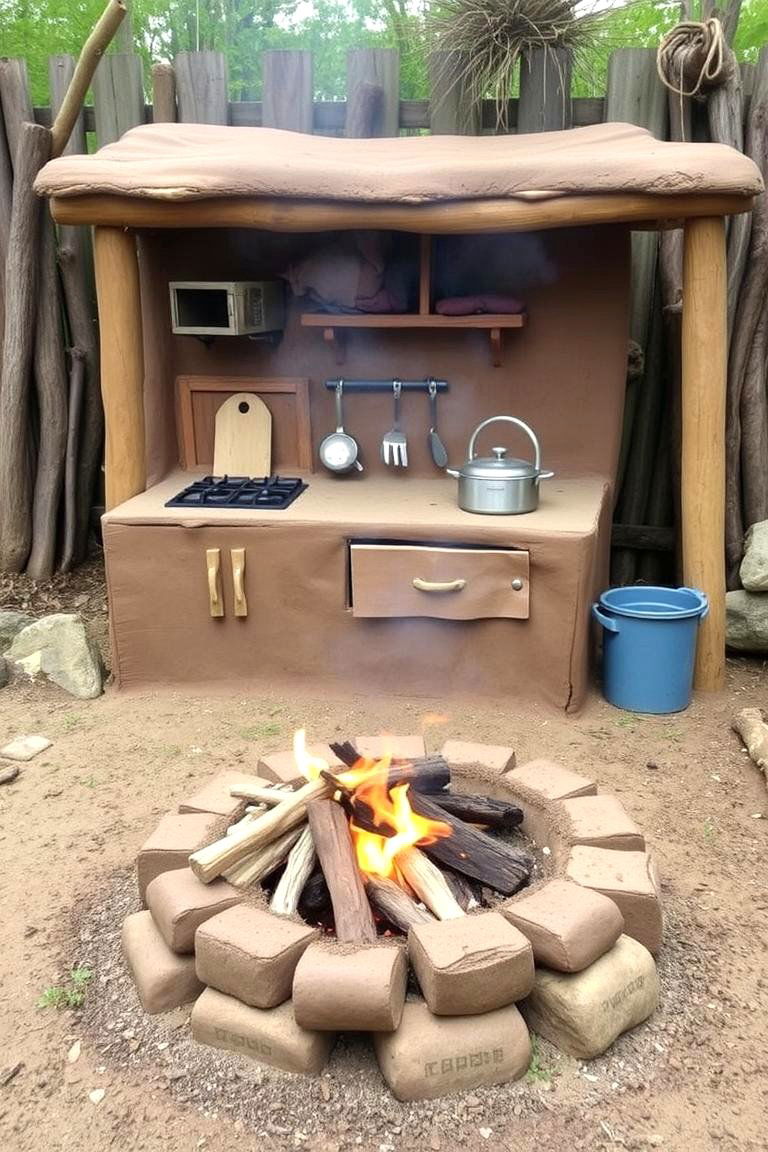
A mud kitchen with a nearby fire pit can create a more authentic, camp-style cooking experience. While kids can’t cook actual meals, they can enjoy pretend cooking over the "fire," making this an ideal setup for play during cooler weather. It also provides a cozy gathering space where children can enjoy storytelling or relaxing with friends after their mud kitchen activities.
20. Mud Kitchen with Sensory Play Areas
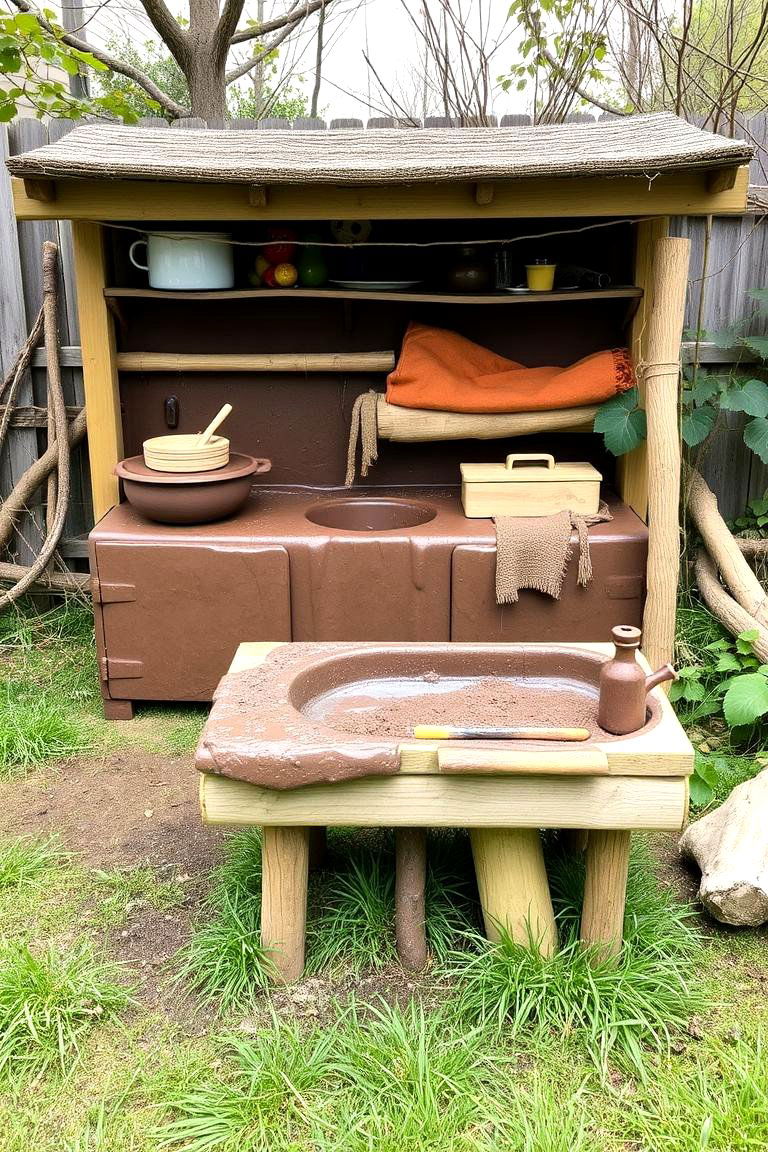
Adding sensory play areas alongside your mud kitchen—such as sandboxes or water tables—provides additional opportunities for tactile exploration. These areas help children build sensory awareness while keeping them engaged. The diversity of textures and materials encourages curiosity and experimentation, enhancing the overall mud kitchen experience.
21. Eco-Friendly Mud Kitchen
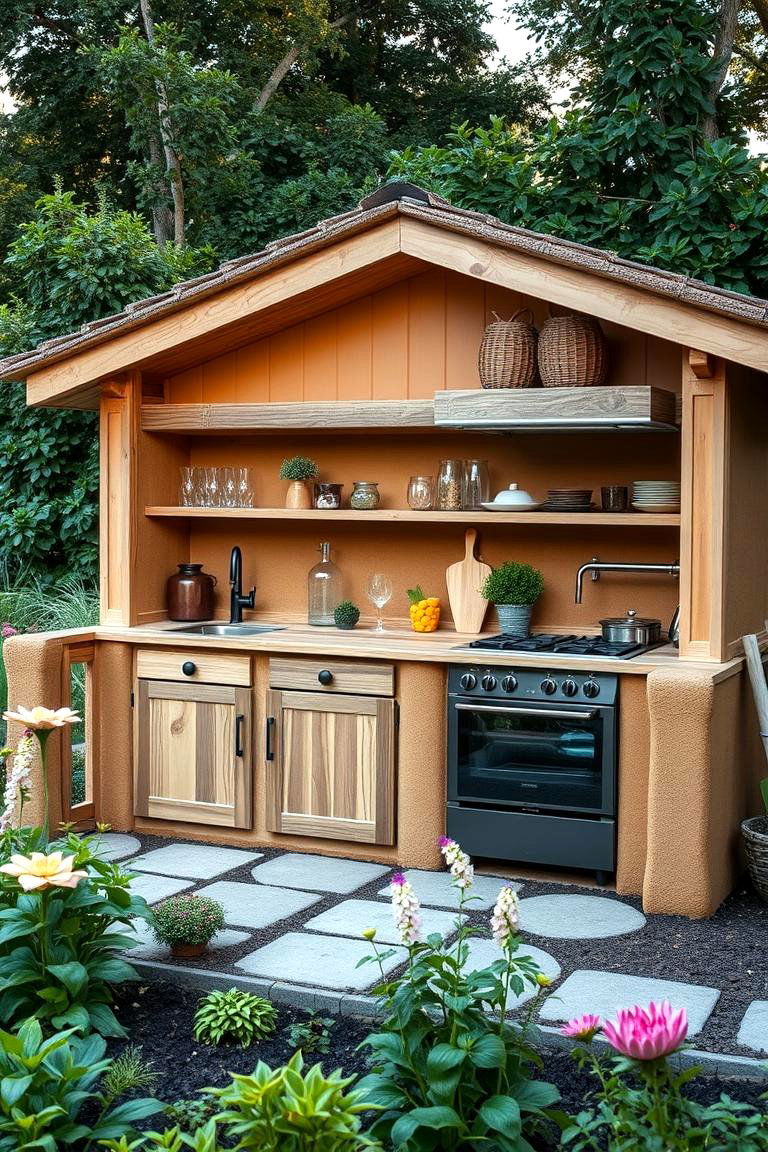
An eco-friendly mud kitchen focuses on using sustainable materials and minimizing waste. Opt for recycled wood, non-toxic paints, and natural finishes to create a play environment that’s kind to the planet. This setup not only fosters a sense of environmental stewardship but also provides a safe, chemical-free space for kids to play and explore.
22. Mud Kitchen with a Playhouse
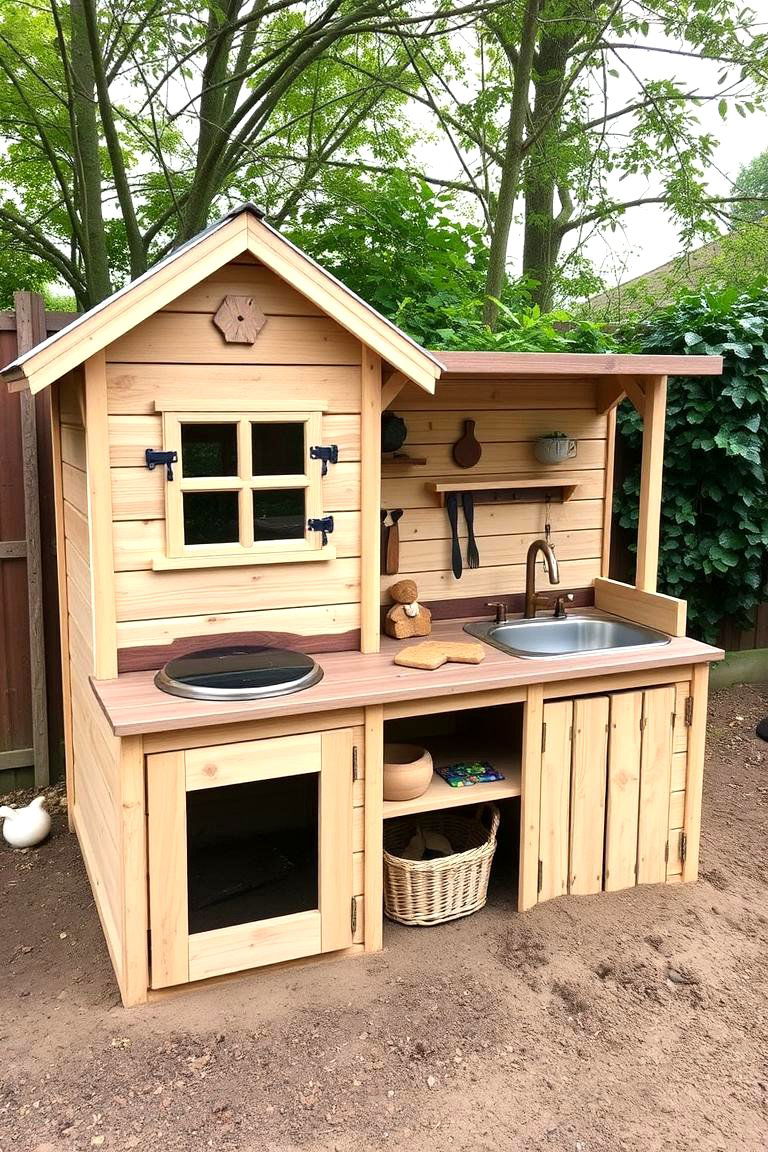
For an extended play experience, you can combine a mud kitchen with a small playhouse. The playhouse can serve as an indoor area for rest, storage, or further imaginative play, while the mud kitchen offers outdoor sensory exploration. This setup allows for extended outdoor play, where kids can take breaks in the playhouse before returning to their muddy creations.
23. Mud Kitchen with a Herb Garden
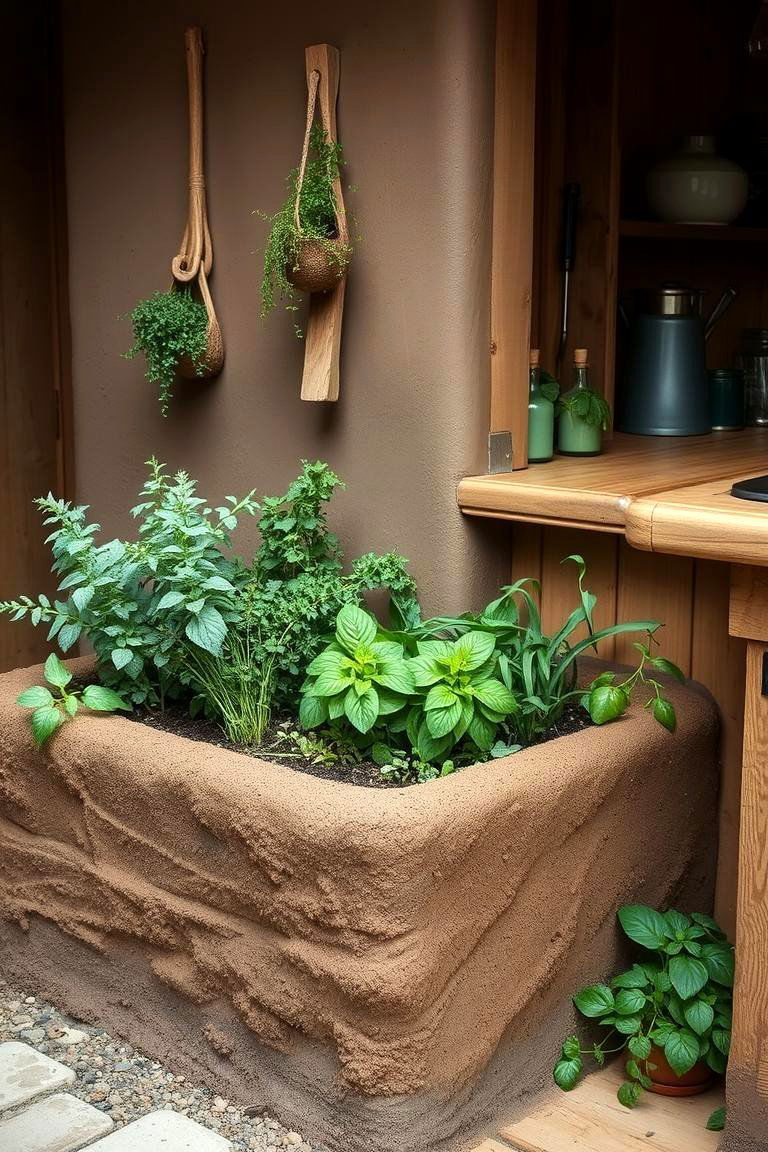
Incorporating a small herb garden into your mud kitchen allows children to engage in natural cooking play. Kids can "pick" fresh herbs to add to their mud recipes, learning about different plants and how they grow. This addition enhances the connection to nature and gives kids the opportunity to experiment with botanical elements in their mud concoctions.
24. Mud Kitchen with a Trough
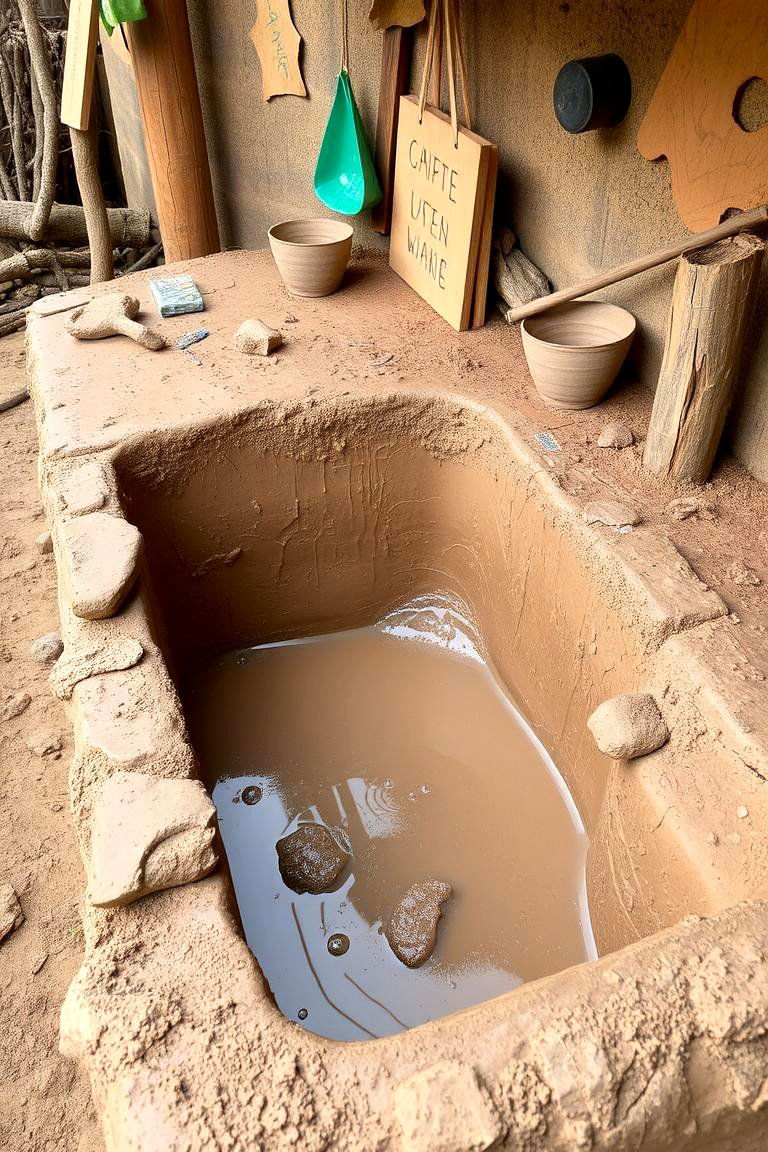
A trough can serve as a large, shallow basin where kids can mix ingredients or wash off their creations. This large surface area is perfect for group play, allowing several children to work together on a shared project. The trough also provides ample space for different mud and water activities, encouraging creativity and teamwork.
Conclusion:
Mud kitchens are more than just outdoor play structures; they offer endless opportunities for creativity, learning, and development. Whether you choose a simple design or an elaborate setup, each idea contributes to the joy of messy, hands-on play. From fostering teamwork and problem-solving skills to deepening children’s connection with nature, these mud kitchen ideas provide a versatile and engaging way for kids to enjoy the outdoors. Explore the possibilities, and you’ll be on your way to creating a mud kitchen that will be loved by all.


